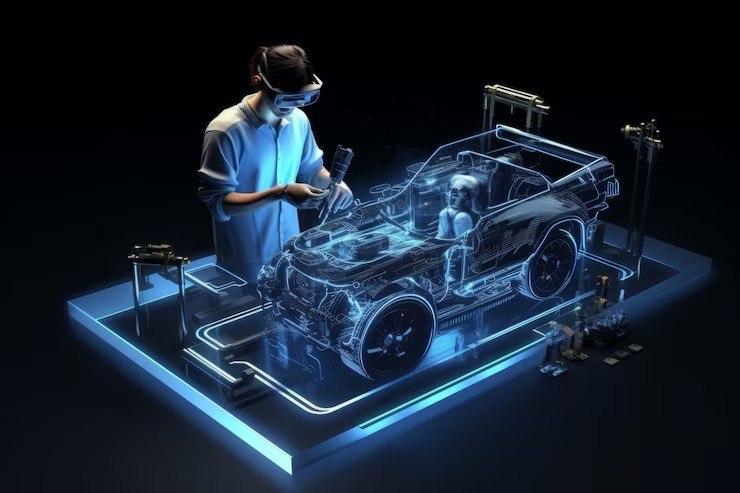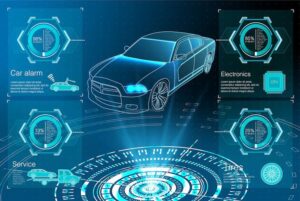Modern vehicles’ connectivity has made cybersecurity compliance non-negotiable. As of 2025, UNR155 and UNR156 form the backbone of automotive cybersecurity regulations in 54+ countries, requiring OEMs and suppliers to adopt proactive risk management frameworks. With 100% of new EU vehicles mandated to comply since July 2024, failure to meet these standards risks market access and brand trust.
1️⃣ Understanding the Concepts
- UNR155: Mandates a Cybersecurity Management System (CSMS) to identify and mitigate risks across a vehicle’s lifecycle. It applies to passenger cars, trucks, buses, and trailers with electronic control units (ECUs).
- UNR156: Focuses on Software Update Management Systems (SUMS), ensuring secure over-the-air (OTA) updates and patch management for vehicles.
- Relationship: UNR155 sets the foundation for cybersecurity practices, while UNR156 addresses evolving software risks. Both align with ISO/SAE 21434, bridging compliance and technical implementation.
2️⃣ Challenges & Risks
- Supply Chain Complexity: Tier 1/2 suppliers must demonstrate compliance to OEMs, even without direct certification.
- 69 Attack Vectors: UNR155’s Annex 5 highlights risk like back-end server breaches, insecure communication channels, and human error.
- Legacy Systems: Older vehicle models still in production may require costly retrofits to meet standards.
- Global Variability: Compliance is mandatory in 54 UNECE member countries (e.g., EU, Japan), but non-member nations may adopt similar rules, complicating exports.
3️⃣ Best Practices for Compliance
- Implement CSMS/SUMS:
- Conduct Threat Analysis and Risk Assessment (TARA) to address Annex 5 vulnerabilities.
- Integrate cybersecurity into design, production, and post-production phases.
- Collaborate with Suppliers: Ensure third-party components meet UNR155’s security requirements.
- Leverage ISO/SAE 21434: Align risk management processes with this standard to streamline certification.
4️⃣ Tools & Technologies
- AI-Powered vSOCs: Monitor threats in real-time and automate incident response.
- Secure OTA Platforms: Ensure encrypted, tamper-proof software updates per UNR156.
- Unified ALM Solutions: Track compliance across engineering workflows and supply chains.
5️⃣ Future Trends
- Expanding Regulations: Countries like India (AIS 189) and China are drafting similar frameworks, increasing global compliance complexity.
- AI-Driven Threats: Autonomous systems and EV charging infrastructure will face novel attack vectors, demanding adaptive CSMS updates.
- Lifetime Compliance: As vehicles remain connected for decades, SUMS will become critical for long-term security.
Conclusion
UNR155 and UNR156 redefine automotive cybersecurity as a lifecycle obligation, not a one-time checkbox. For OEMs, compliance secures market access; for suppliers, it ensures partnership viability. As one industry expert notes: “Cybersecurity is now as vital as crash testing.” Will your organization lead the shift from compliance to resilience?
Keywords: UNR155 Compliance, CSMS, UNR156 SUMS, Automotive Cybersecurity Regulations, ISO/SAE 21434 Alignment
References:




